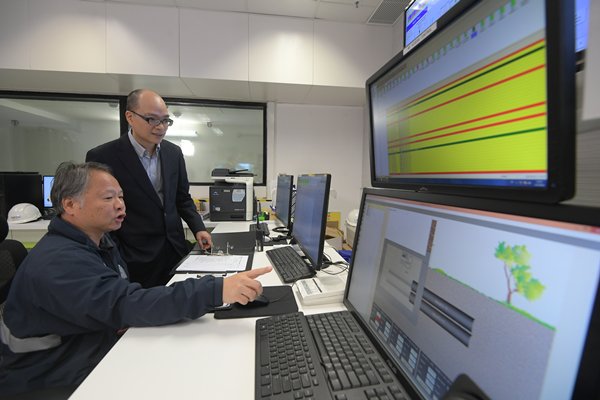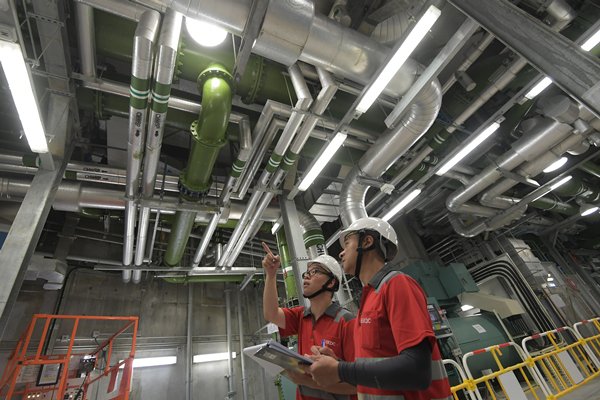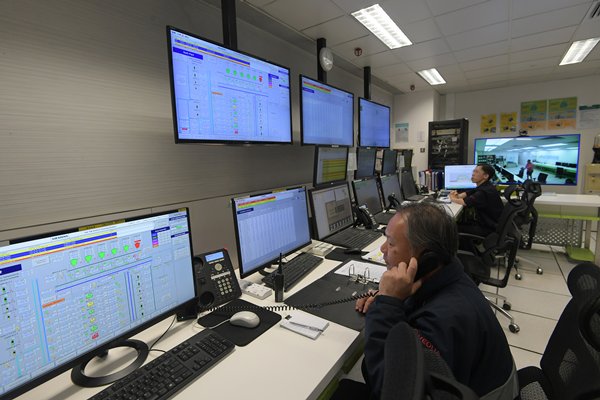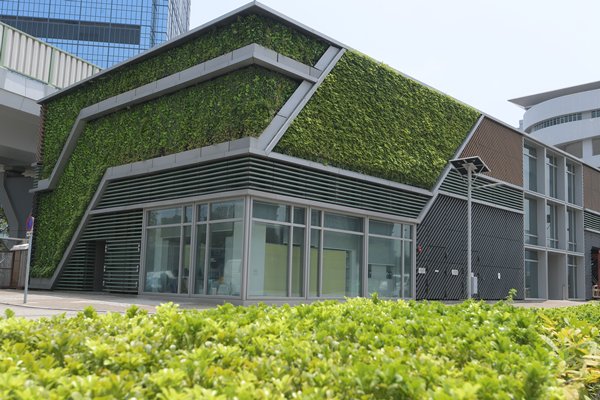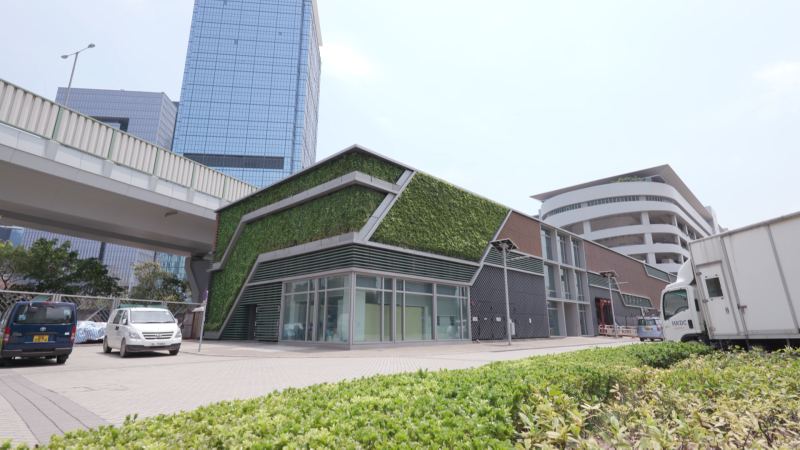Cooling air while cutting emissions
The Kai Tak Development is a huge and complex project spanning more than 320 hectares and covering the former airport and nearby areas.
With Hong Kong's oppressive summer heat and humidity, such a large area sees huge demand for air-conditioning.
To promote energy efficiency and conservation, the Government is constructing Hong Kong's first District Cooling System at the development.
It comprises two central plants to produce chilled water, which is then pumped to buildings in the district through underground pipes.
Central cooling
Electrical & Mechanical Services Department Chief Engineer Chan Pak-cheung said the system is a large scale centralised air-conditioning system.
"It uses the seawater as the heat rejection medium so that its efficiency is much better than the conventional air-conditioning system. Compared with the air-cooled system it saves more than 35% energy, and compared with an individual building's water-cooled system it still can save about 20% more energy."
He said the system cuts the need for individual air-conditioning systems for buildings and units, which use up space and cause nuisances like noise, vibration and dripping.
The District Cooling System started operation in 2013, supplying cool air to Kai Tak Cruise Terminal, Ching Long Shopping Centre, Trade & Industry Tower, two schools, the Electrical & Mechanical Services Department Headquarters, Hong Kong Children's Hospital and Kai Tak Station of the Shatin to Cental Link.
It is being run and maintained by an Electrical & Mechanical Services Department contractor.
Reliable relief
The system's control centre runs 24 hours a day, seven days a week, to ensure reliable cooling services for consumers.
Mr Chan said its cooling capacity can be increased on request, without the need for extensive modification works to a building.
"A computerised management system is used in the control centre to monitor and manage chilled water supply to users ensuring a stable supply of cooling at all times."
Mr Chan said the whole project is due for completion in 2025. By then, 50 buildings will be connected to the cooling system, saving 85 million kilowatt-hours of electricity and seeing a reduction of 59,500 tonnes of carbon dioxide emissions a year.
The Government is considering district cooling systems in new development areas, including the topside development at the Hong Kong-Zhuhai-Macao Bridge Hong Kong Boundary Crossing Facilities and the Tung Chung New Town Extension.
The Electrical & Mechanical Services Department will hold an open day on May 19 at the North Plant of the Kai Tak District Cooling System to promote the scheme's benefits.
